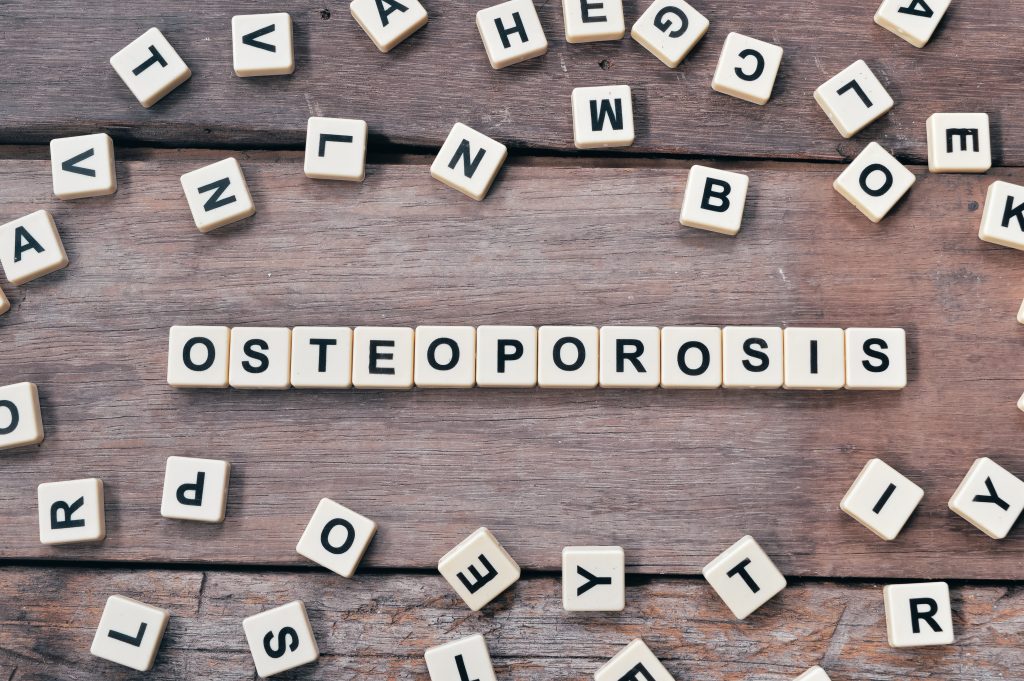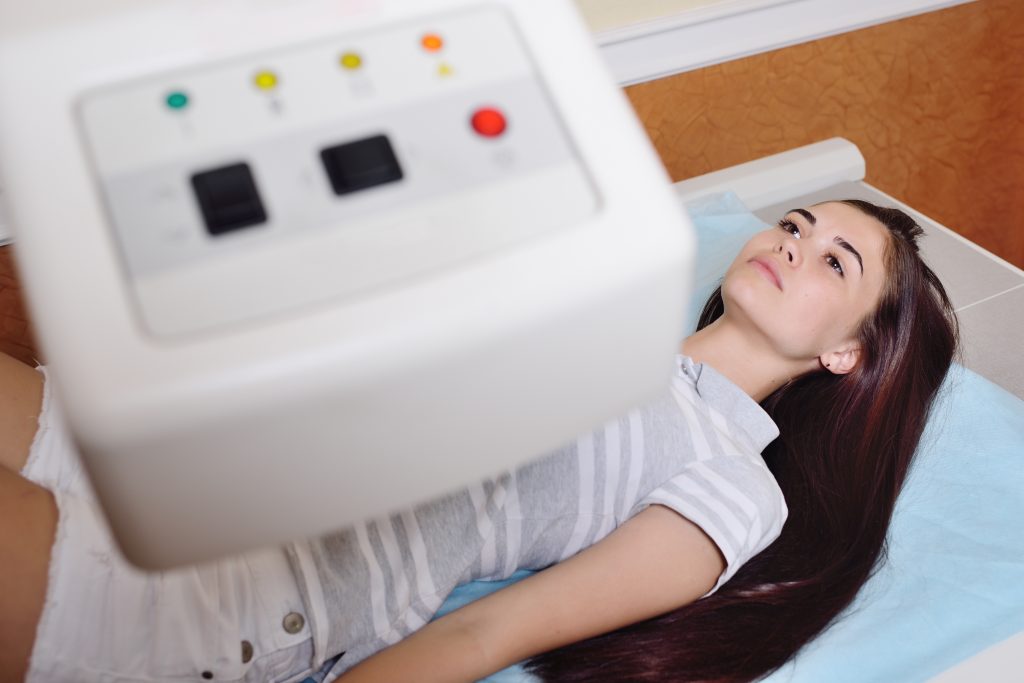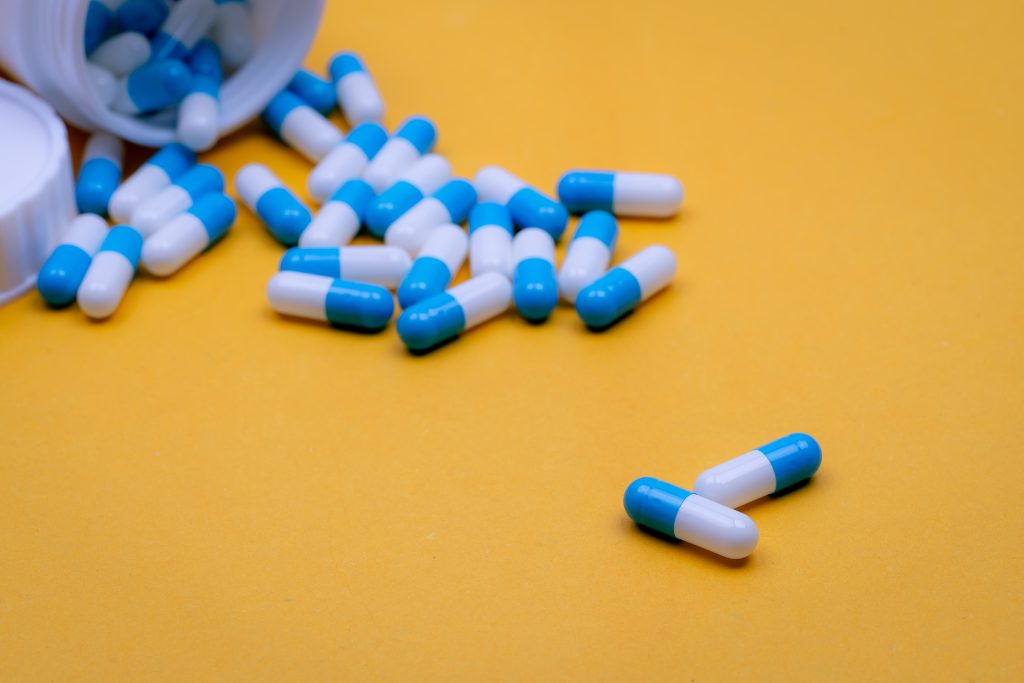Bone, Muscles and Joints: Understanding Osteoporosis
Symptoms of Osteoporosis
Osteoporosis causes no specific pain or symptoms. However, it does increase the risk of serious or debilitating fractures. If you think you may be at risk of developing osteoporosis, see your doctor.

Approximately 10 million Americans have osteoporosis and another 44 million have low bone density, placing them at increased risk.

Symptoms of Osteoporosis
Currently, the most reliable way to diagnose osteoporosis is to measure bone density with a dual-energy absorptiometry scan or DXA. A DXA scan is a short, painless scan that measures the density of your bones, usually at the hip and spine and, in some cases, the forearm.
You can qualify for a Medicare rebate for a DXA scan if you:
- Have previously been diagnosed with osteoporosis
- Have had one or more fractures due to osteoporosis
- Are aged 70 years or over
- Have a chronic condition, including rheumatoid arthritis, coeliac disease or liver disease
- Have used corticosteroids for a long time.
Your doctor will be able to tell you whether you fit the criteria to receive a Medicare rebate. It is possible to have a DXA scan performed if you do not fit the criteria for the Medicare rebate, however, there will usually be an out-of-pocket cost associated with the scan.
Osteoporosis is often called a “silent disease” because you cannot feel your bones getting weaker.
Symptoms of Osteoporosis
From a young age, both men and women can take steps to prevent osteoporosis by making sure that they:
- Have a healthy and varied diet with plenty of fresh fruit, vegetables and whole grains
- Eat calcium-rich foods
- Absorb enough vitamin D
- Avoid smoking
- Limit alcohol consumption
- Limit caffeine
- Do regular weight-bearing and strength-training activities

Building strong bones during childhood and adolescence can help prevent osteoporosis later in life.

Vitamin D and Osteoporosis
Vitamin D and calcium promote bone density. Vitamin D is important because it helps your body absorb the calcium in your diet. We obtain most of our vitamin D from the sun, and there are recommendations for the amount of safe sun exposure for sufficient vitamin D production, depending on your skin type, geographical location in Australia and the season.
Vitamin D can also be found in small quantities in foods such as:
- Fatty fish (salmon, herring, mackerel)
- Liver
- Eggs
- Fortified foods such as low-fat milks and margarine.
For most people, it is unlikely that adequate quantities of vitamin D will be obtained through diet alone. Talk with your health professional about vitamin D supplements if you are concerned that you are not getting enough vitamin D.
Exercise and a healthy diet can prevent bone loss and slow or stop bone loss.
The Treatment of Osteoporosis
There is no standard treatment for osteoporosis. Your treatment will depend on your specific needs. Generally, your overall risk of fracture will help your doctor to decide on the best course of treatment for you.
Osteoporosis Medication
As well as diet and lifestyle changes, your doctor may recommend medication.

The options may include:
- Bisphosphonates – bone cells are created and broken down in a constant cycle. Bisphosphonates encourage bone density by slowing the breakdown process and are commonly used in Australia to treat osteoporosis in men and women. These medications are incorporated into bone and the effects can be long- lasting, but studies suggest that there may be no further benefit for bones after five to seven years of treatment
- Selective Oestrogen Receptor Modulators (SERMs) – sites in the female body called oestrogen receptors respond to the hormone oestrogen. SERMs mimic the action of oestrogen and therefore reduce bone loss. SERMs have been shown to reduce the risk of spinal fractures
- Denosumab – this is a twice-yearly injection given under the skin. Denosumab slows the breakdown of bone and is effective when treatment is given twice yearly, but bone density can fall once treatment is stopped
- Testosterone Therapy – men with symptoms of testosterone deficiency and low testosterone levels can improve their bone density with testosterone replacement. Doses of testosterone are given by injections, implants, skin patches, oral capsules, gels or creams to bring the blood levels back up to normal
- Parathyroid Hormone (PTH) – the parathyroid glands make PTH. This chemical regulates the amounts of calcium, phosphorus and magnesium in the bones and blood. Parathyroid hormone therapy stimulates new bone formation and can increase bone density and strength. This medication is a course of 18 months of daily injections used for people with severe osteoporosis when other types of medication are considered either unsuitable or ineffective
- Menopausal Hormone Therapy (MHT, previously known as HRT) – in women, the female sex hormone oestrogen plays an important role in maintaining the strength of bone tissue. Menopause causes a marked drop in oestrogen levels, and increases the risk of osteoporosis and osteoporotic fractures. While MHT boosts oestrogen levels and prevents osteoporosis after menopause, it has also been associated with increased risks of a number of conditions, such as venous thrombosis (blood clots in the veins) and breast cancer. However, MHT is very useful for treating symptoms such as flushes, sweats and sleep disturbance occurring around the time of menopause. Its long-term use is no longer recommended for osteoporosis management, but it is considered a first line treatment for women less than 60 years of age who are at risk of bone density decline and osteoporosis.
Consult your healthcare provider about all treatment options for osteoporosis before choosing a plan.
